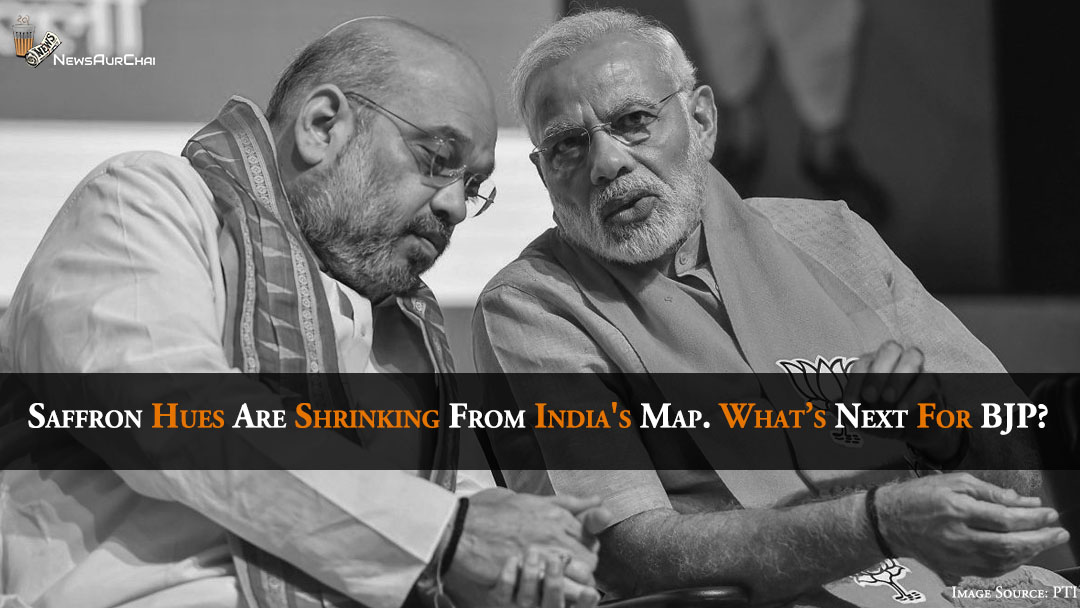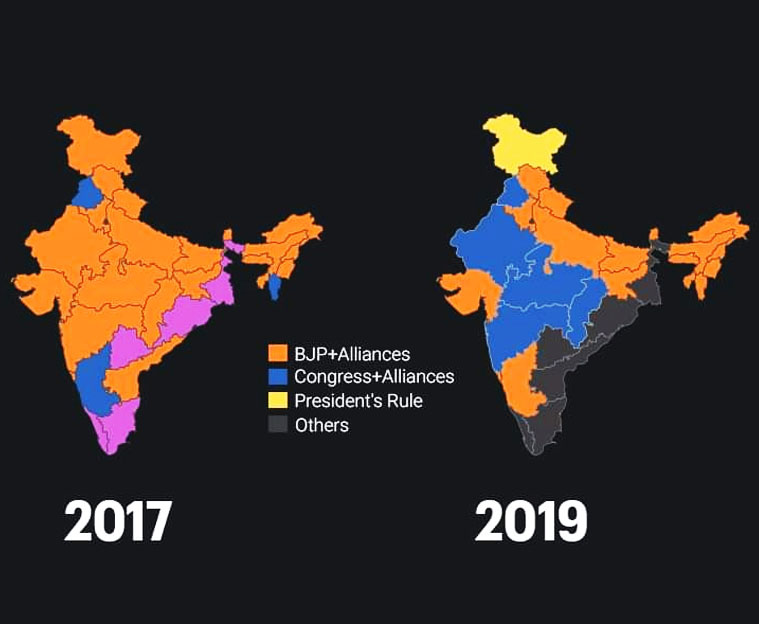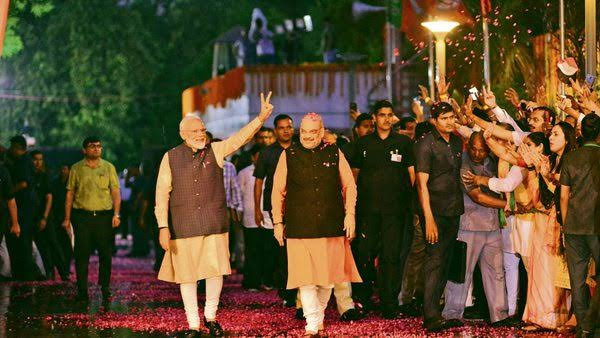
The final verdict in the Maharashtra politics marked the beginning of a new era in Indian politics. Maharashtra Assembly polls 2019 not only witnessed coming together of the polar opposites but also the downfall of the ruling BJP. It was the terrific Modi wave that painted the majority Indian map saffron. In 2017, a whopping 71 per cent of India’s political map had hues of saffron. In 2019, however, it has been reduced to a mere 40 per cent.

With the Bhartiya Janta Party (BJP) losing the populous and cash-rich state of Maharashtra, it is high time for the BJP to review its political strategy.
The recently concluded Haryana and Maharashtra Assembly elections were the first test that Prime Minister Narendra Modi led BJP faced after registering a landslide victory at the 2019 general elections. Defying the exit polls, Modi magic failed to outperform despite emerging as the single largest party. In Haryana, BJP managed to return to power by stitching an alliance with Jannayak Janta Party but got a tough fight from Congress, whose existence as an Opposition shrunk drastically.

Maharashtra saw much worst fate. Here, the all-weather ally Shiv Sena joined hands with the Opposition and knocked out BJP‘s 3 days, 8 hours old government.

Here are the key takeaways for the BJP from the recently concluded state elections:
●National and state elections are different: Riding on ‘Modi-wave’ and nationalism would not always lead to success. National and state Assembly elections can not be fought using the same political blueprint. Local issues, pertaining to a particular state, need to be addressed. The high-pitched campaign on the abrogation of Article 370 in Jammu and Kashmir failed to move the electorate in Haryana.
● Keep allies happy or go solo: Striking a balance with the NDA allies is another skill that needs to be sharpened. BJP’s national president Amit Shah is known for his political acumen. He is good at chalking out a seat-sharing formula that had kept its allies intact. While NDA lost a few allies like Telugu Desam Party, Shah has managed to strike the right chord with Nitish Kumar’s Janata Dal (United). Now, another ally, the Shiv Sena too, has slipped from BJP’s hand. Analysts believe that with the Shiv Sena, Shah’s calculations somewhere went wrong. If BJP would have gone solo, like in 2014, then the picture could have been different.
● Decentralise: It is important to delegate some crucial roles to local leadership too. For addressing every issue, BJP’s local cadre need not always ride on Modi-Shah’s back.
●Accept the reality: The ruling party at the Centre needs to accept that India is reeling under an economic slowdown, joblessness and religious polarisation. Unless the electorate sees accountability and the following action, the magic won’t happen. Denial won’t appease the voters, especially young.
● Stern actions against controversial leaders: While strict actions were taken against leaders like Maneka Gandhi and Anant Kumar Hegde by taking away there Cabinet berths in 2019, controversial leaders like Sadhvi Pragya Thakur, Sakshi Maharaj and Giriraj Singh remain to be headaches for the party. To gain voters’ trust, it is crucial to take exemplary actions against them.
Next month, Jharkhand is going to polls, and the repeat of Maharashtra is already haunting BJP. There are talks of BJP failing to keep alliance partners together. Unhappy with the number of seats being offered by the BJP, Ram Vilas Paswan’s Lok Janshakti Party (LJP) and another ally, the All Jharkhand Students Union (AJSU), has rebuffed BJP’s offer.
Political hearts don’t melt, and hence, to keep its allies intact, BJP needs to make some hard-hitting negotiations.
Within the next six months, Jharkhand and Delhi are the states that are gearing up for the next electoral test for the BJP after the Lok Sabha elections that saw the sweeping victory of the BJP, due to “TsunaMo” — a combination of tsunami and Modi.
In the 542-member Lok Sabha, a winning party or coalition in the Lok Sabha, needs at least 272 seats to form the government. The NDA, which is the ruling coalition under the BJP, had won more than 340 seats.

BJP is not totally at fault but to stop further altercation of India’s political map, it needs to change the variables in its permutations and combinations.





